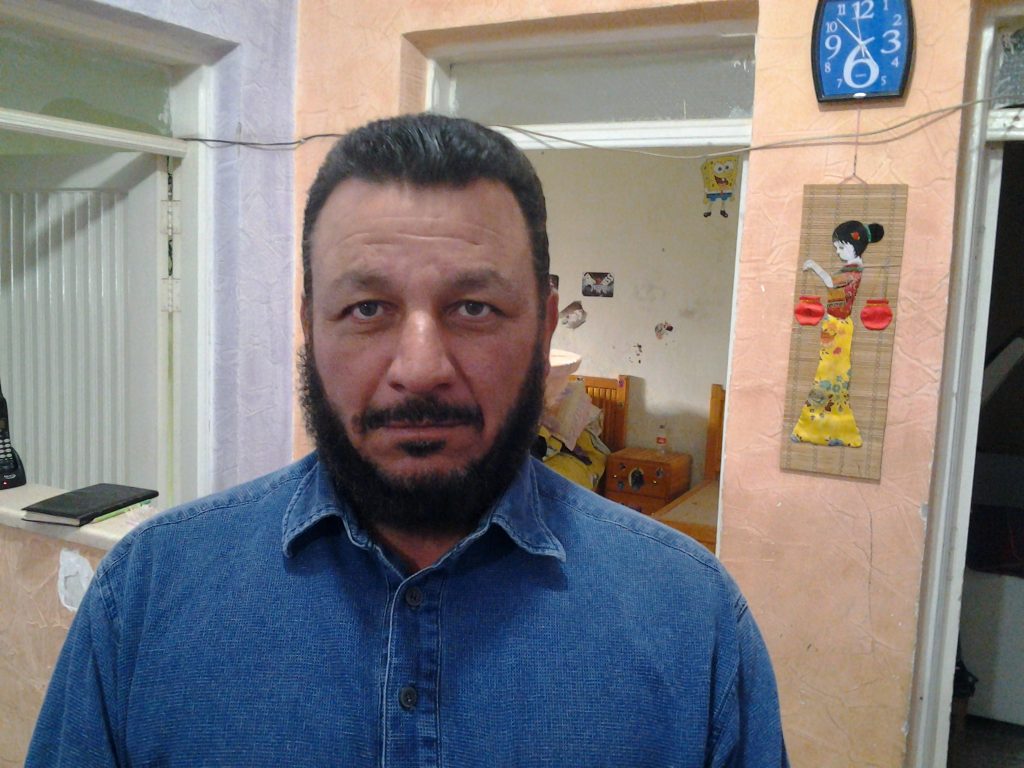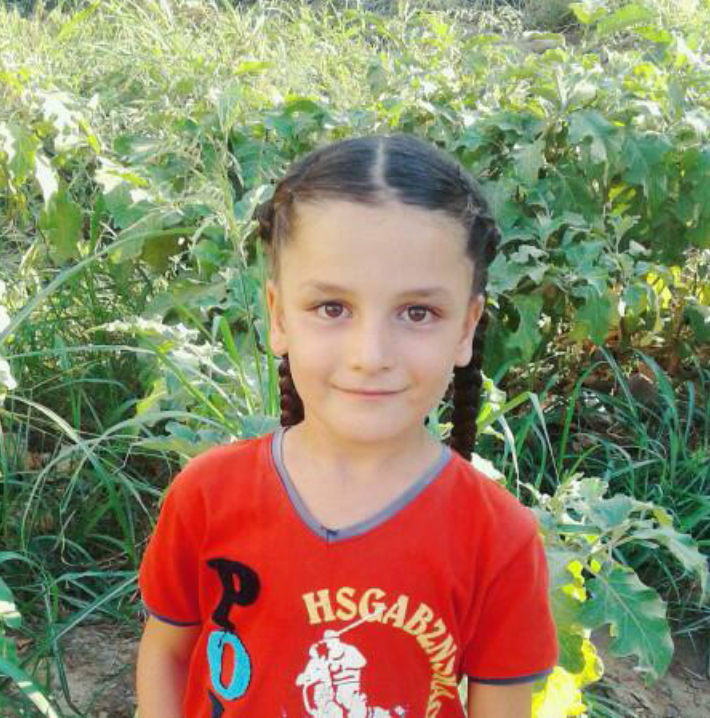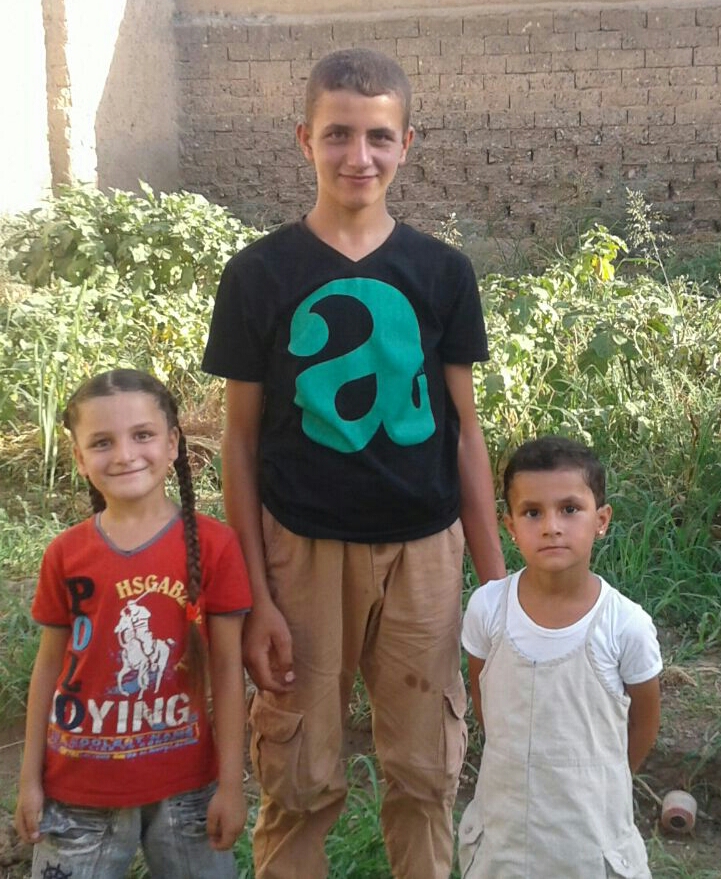Incident Code
Incident Date
Location
Geolocation
Geolocation
Airwars Assessment
(Previous Incident Code: S1081a)
Ten civilians including two women and six children from two families died in an alleged Coalition airstrike on Saif al Dawla, according local sources.
Raqqa is Being Slaughtered Silently (RBSS) reported the “massacre of two families, killing 10 people, in a Coalition strike in the neighbourhood of Saif Al Dawla at midnight last night.” It named victims from the al Noujoum family.
The journalist, Mohab Naser, published a very graphic A’amaq video showing the aftermath of a strike with seriously injured victims, including children. We do not know whether the footage is of this specific strike, however, it says that there were several Coalition strikes on July 18th.
Amnesty and Airwars’s joint April 2019 report “War in Raqqa: Rhetoric versus Reality” reported that “Ten members of two families – six children, two women and 2 men – where killed when a Coalition air strike targeted the second floor apartment of a four-storey building where they were sheltering.”
Oday, a survivor of the raid made a testimony to Amnesty saying, “We were sheltering on the ground floor but that morning Daesh (IS) members ordered us to go to the second floor and they went to the roof. After they returned to the ground floor an air strike hit us on the second floor, killing everyone except me.”
Victims
Family members (5)

Family members (5)




